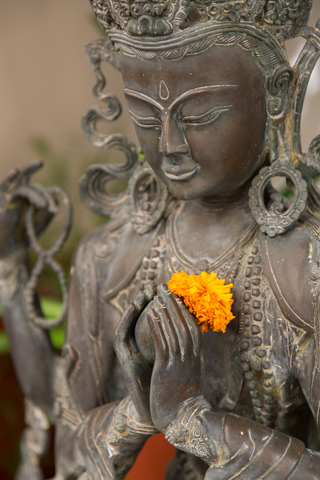
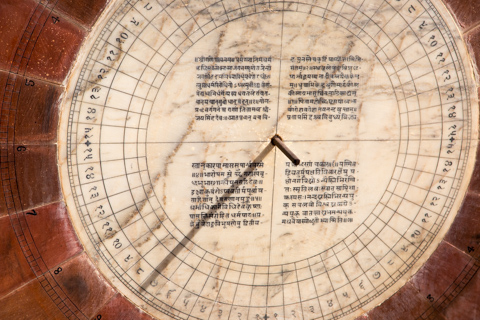
This instrument used to calculate the day of the year.

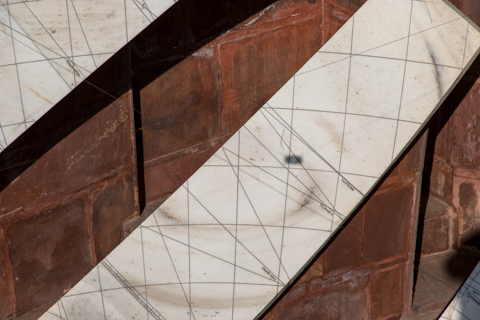
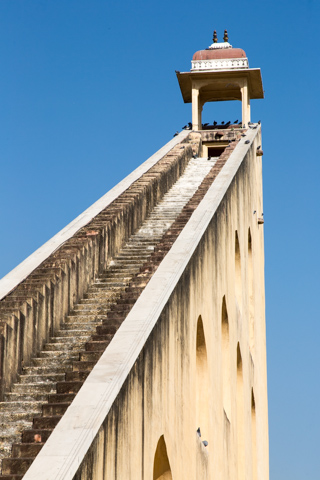
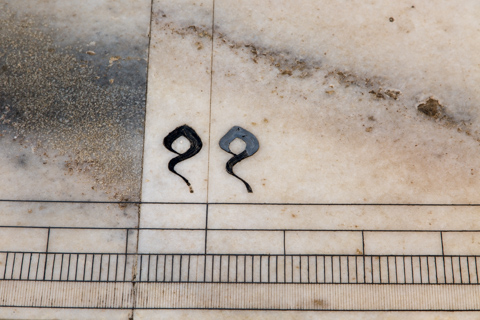
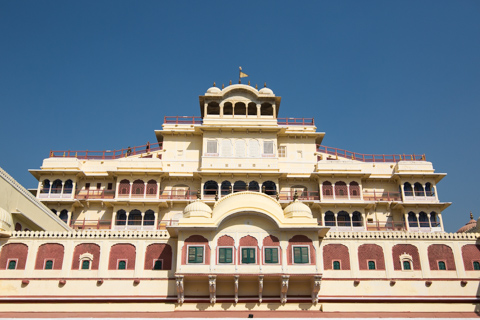
Chandra Mahal is the tallest building in the City Palace complex. It is a seven-story building and each floor has been given a specific name. Most of the palace is the residence of the descendants of the former rulers of Jaipur. Only the first floor is allowed for visitors.
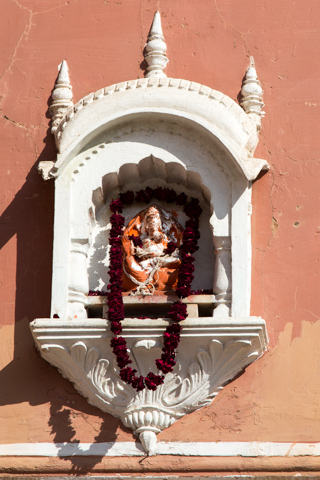

"Shobha Nivas" is on the fourth floor of the Chandra Mahal. It is also known as "Hall of Beauty". The walls of the Shobha Nivas are decorated with mirrored walls with blue tiles ornamented with mica and gold leaf.
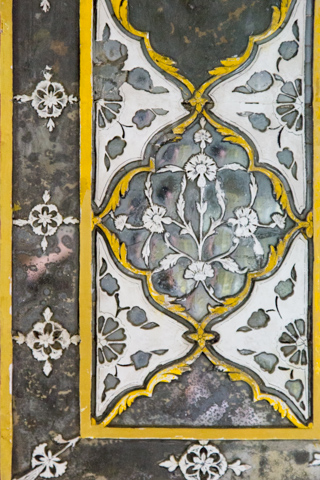
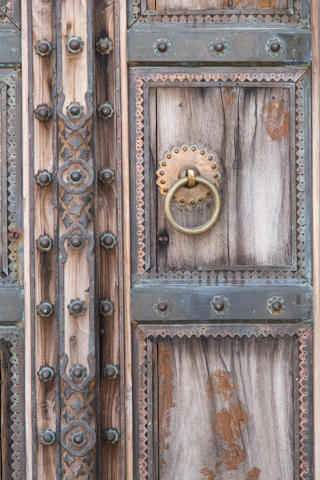
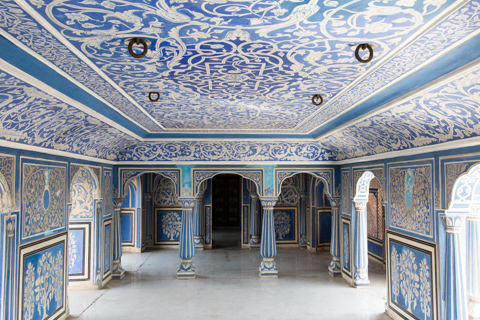
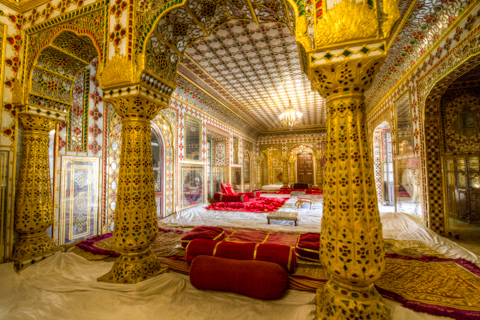
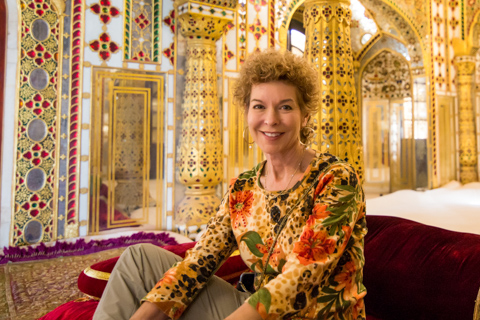
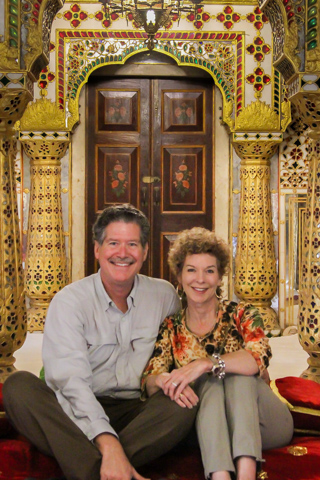
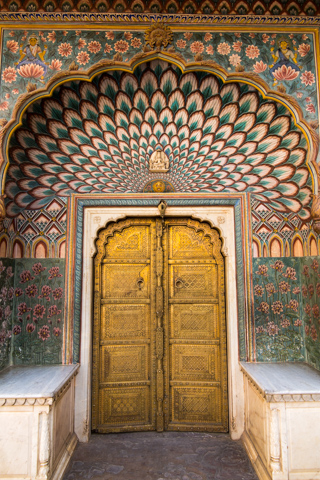
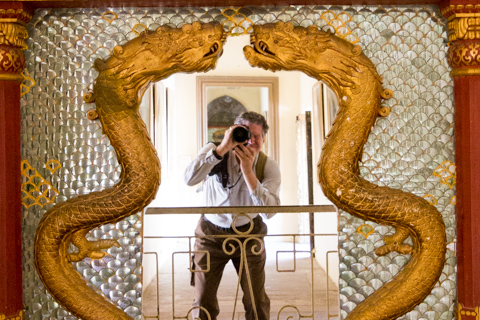
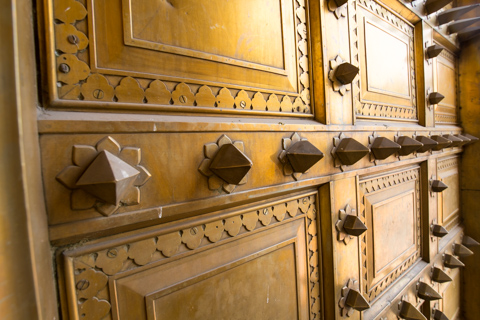
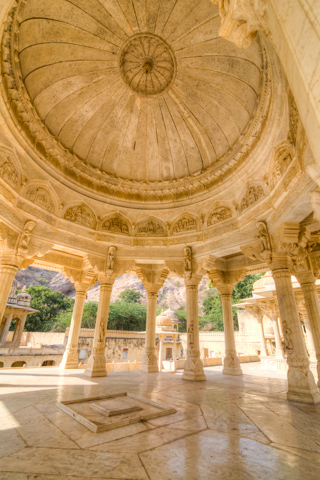
The compound consists of two main courtyards, each crammed full of imposing memorials. This is the first (and more modern) courtyard dominated by the grandiose twentieth-century cenotaph of Madho Singh II (1922), a ruler of famously gargantuan appetites, whose four wives and fifty-odd concubines bore him "around 125" children.
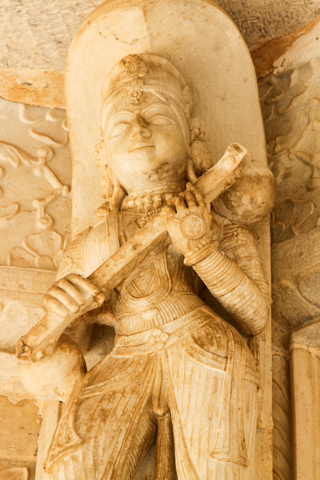

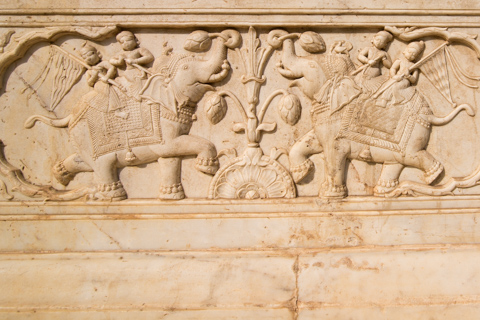

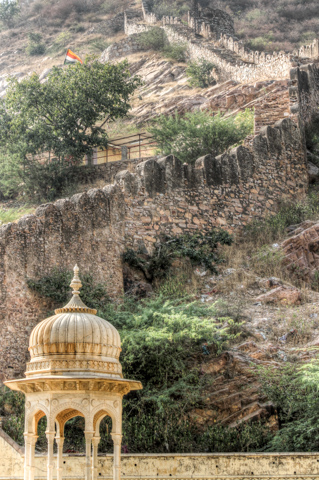
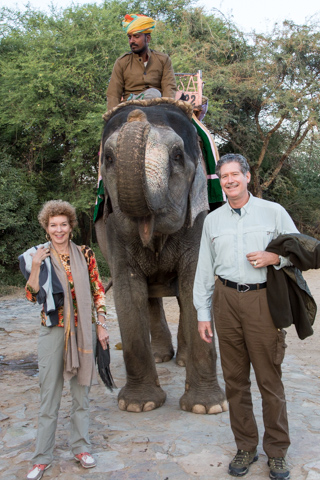
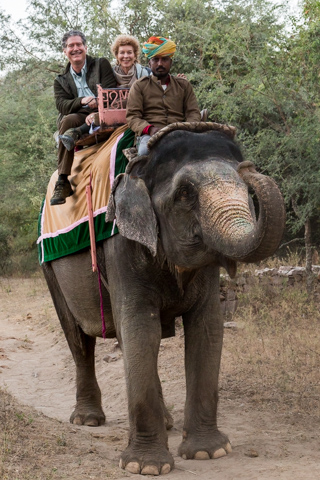
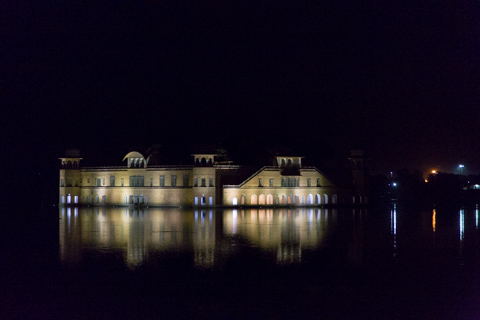
Jal Mahal (Water Palace) is located in the middle of the Man Sagar Lake. The palace, built in red sandstone, is five stories of which four floors remain underwater when the lake is full and only the top floor is exposed